Porphyra: an edible red algae
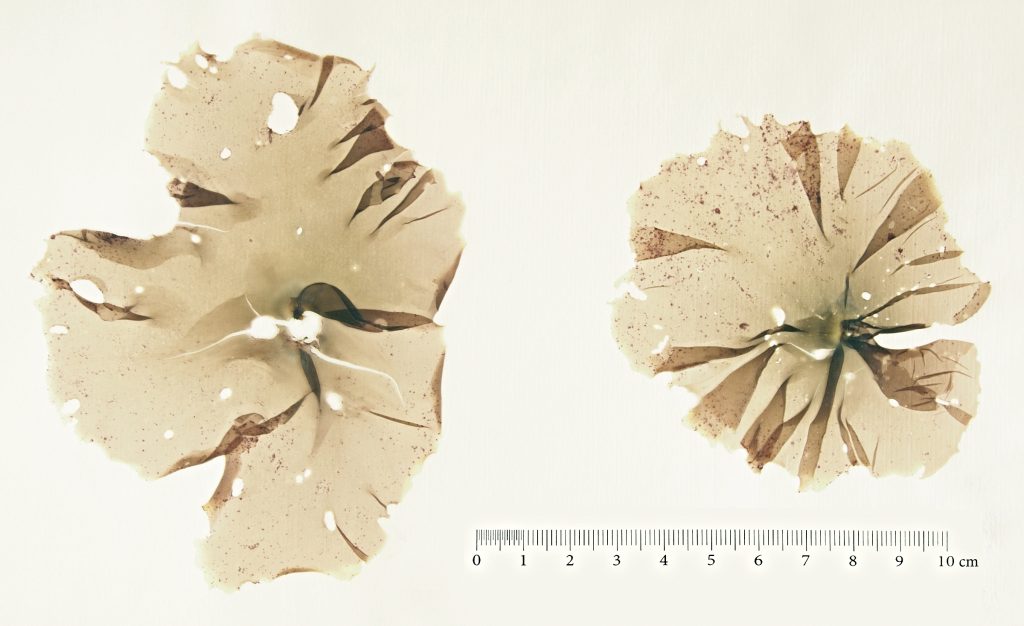
Porphyra is representative of a diverse and important group, the red algae (Rhodophyta), one of three algal groups that have members that include multicellular, macroscopic forms (the other two are the brown algae (Phaeophyta) and the green algae (Chlorophyta)). Like the green algae, but not to the same extent, the red algae group also has members that are unicellular or filamentous. Some red algae deposit calcium carbonate in their cell walls and therefore produce a rigid structure that may be a crust on rocks or may form erect branching structures (see link below). Other red algae are significant because the cell walls contains polysaccharides that can be extracted from their cell walls and used to make gels (agar).
Taxonomy and Phylogeny
The red algae are eukaryotes and usually placed in their own phylum, the Rhodophyta. Their affinities with cyanobacteria are reflected in their chemistry (in particular their photosynthetic pigments), but they are clearly eukaryotic with nuclei, chloroplasts and mitochondria. Like the green algae, the chloroplasts of red algae have two membranes, one thought to be the remnant of the membrane of the cyanobacterium that was engulfed during the endosymbiotic event and a second membrane that was produced during phagocytosis when the cell was engulfed, the phagosomal membrane. The chloroplasts of other photosynthetic groups of algae (e.g. diatoms, brown algae) are considered to have been the result of secondary endosymbiosis, a second engulfing (phagocytosis) event where an already eukaryotic cell consumed, but did not digest, another eukaryotic cell that was a red or green algae. These chloroplasts have four membranes, two from the chloroplast of the red/green algae, one from the plasma membrane of the (prim i tive) red or green algae cell that was engulfed and a fourth membrane, again a remnant of a phagosomal membrane, derived from the engulfing cell.
Structure
Although large, often up to 20 cm in extent, Porphyra is not truly multicellular, i.e. parenchymatous (three-dimensional). It has a very simple two-dimensional form, existing as sheets which are either one or two cells thick. The alga does produce filamentous ‘rhizoids’ that attach one end of the sheet to a substrate.
Reproduction
Sexual reproduction in all the red algae is complex and involves alternation of generations, but instead of alternating between a haploid form and diploid form there are three fo rms: (1) a haploid (gamete producing) form that develops from haploid spores; (2) a diploid form that develops from a zygote, stays attached to its parental gametophyte and produces diploid spores that are dispersed; and (3) a diploid form that develops from these diploid spores and in turn produces haploid spores following meiosis.
Matter and energy
Porphyra is a typical photoautotroph, using the energy of sunlight to synthesize carbohydrates from carbon dioxide and then using the carbohydrates as an energy source in cellular respiration and as building materials to synthesize a variety of biomolecules. The red algae produce a distinct form of starch, floridian starch, that is not found in other eukaryotes.
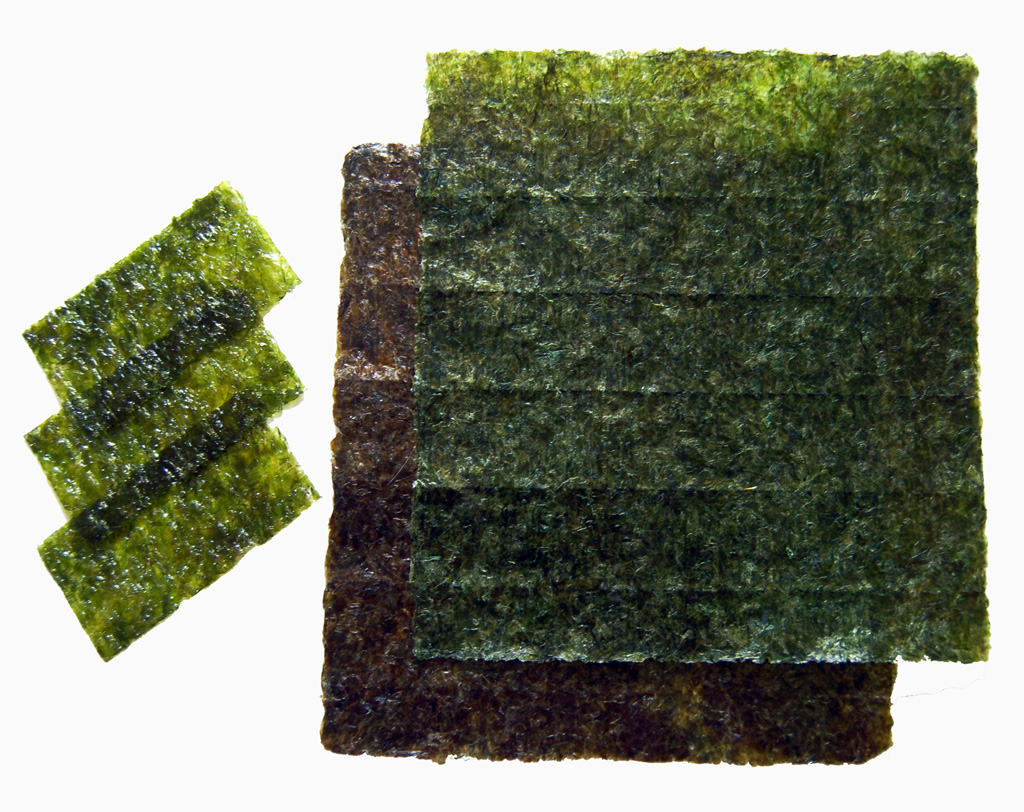
Interactions
Porphyra is generally found in cool, marine waters. It is an important component of shallow marine waters into the intertidal zone. As an autotroph it is an important base to marine food chains. It is also a type of ‘seaweed’ that is commonly eaten by humans and is called ‘nori’ or ‘laver’. More recently it has become popular in the U.S. in sushi. Porphyra is cultivated in the oceans off Japan and elsewhere, being grown on rope networks hung in the water.
Other red algal species are important to humans to produce agar. Polysaccharides in the cell wall are extracted, purified and dried to a powder. This can then be used to make gels suitable for growing a variety of organisms.
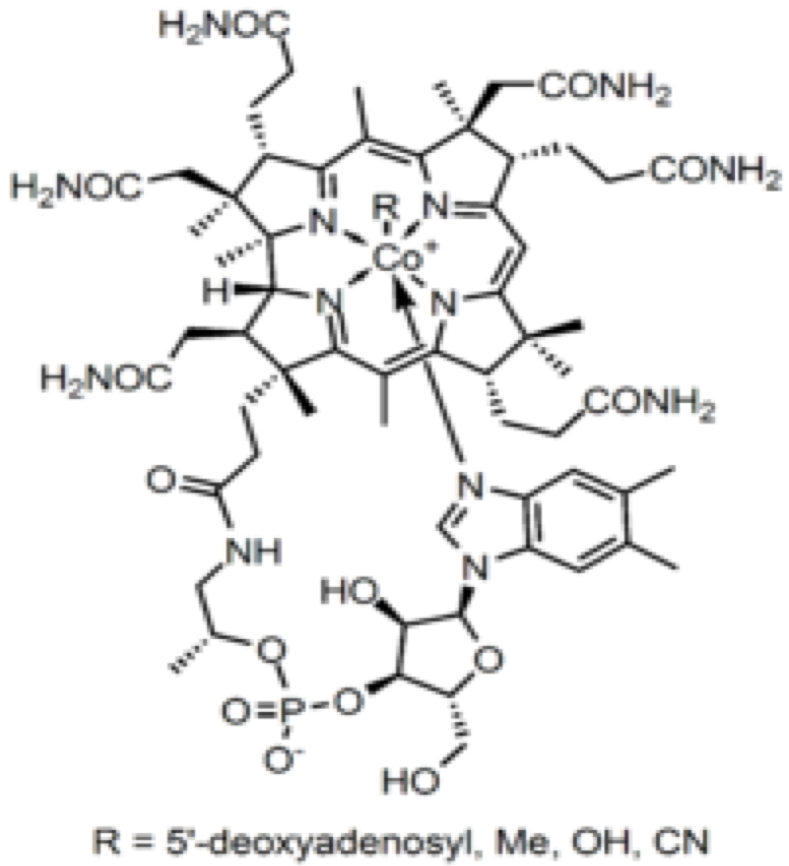
For vegetarians Porphyra is thought to be a source of vitamin B12, a nutrient usually derived from animal sources. There are some reports that chemical found in Porphyra, although similar to vitamin B12, does not perform the necessary functions, but most researchers believe that Porphyra can be a source of vitamin B12.
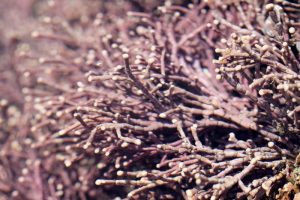
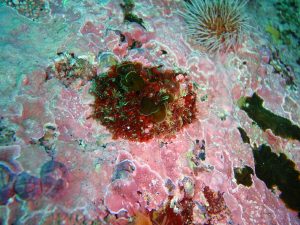
Further Reading and Viewing
- “A Brief History of Agar” by Sim Shuzhen.
- “Red Algae (Rhodophyta)” by Marine Education Society of Australia. Discussion of red algae, including corraline red algae
Media Attributions
- Porphyra umbilicalis © Luis Fernández García is licensed under a CC BY-SA (Attribution ShareAlike) license
- Nori © Alice Wiegand is licensed under a CC BY-SA (Attribution ShareAlike) license
- Coralline algae © Ground Truth Trekking is licensed under a CC BY-NC (Attribution NonCommercial) license
- Crustose coralline and other small algae at Castle Rocks © Pbsouthwood is licensed under a CC BY-SA (Attribution ShareAlike) license

